My flow of blog posts has slowed because I’ve been finalizing my book proposal. I’ll have it ready for my chosen publisher by Wednesday. To keep my subscribers and podcast listeners supplied with a steady flow of my words of wisdom, I’m making today’s release of a draft book chunk free to all.
My regular, shorter, almost daily posts are always available to all subscribers. Normally, only paid subscribers can read the longer book chunks. If you’re a free subscriber, I hope you enjoy this post and consider upgrading your subscription. If you’d like to read the book draft sections but can’t afford $5 a month or $50 a year for a paid subscription, send an email to melpine@substack.com or send me a message via Substack. No explanation of your finances is needed.
Once you upgrade, all the previously pay-walled material will be available.
My experience in the writing, editing, and publishing universe confirms my belief in impermanence. Everything I plan and write now is tentative. It’s a long way from final (if anything ever is). Today’s release is for a book section where I’ll tell my personal spiritual story. Some of the content has appeared in previous From the Pure Land posts.
My Journey - Part One
Vajrayana Buddhism teaches that humans who die with good karma and who go through the bardos smoothly may get to choose the circumstances for their rebirth. I like to believe that the human who preceded me had plenty of wisdom, equanimity, and loving-kindness but lacked empathetic compassion. So, he or she decided to be reborn in circumstances to foster that quality.
I have no idea if that’s true, but I witnessed suffering from an early age without getting attached to it, and that fostered compassion.
I was born in Philadelphia in 1946 and grew up in a rowhouse in a Jewish immigrant neighborhood. Four years earlier, the Nazis had hunted down and shot to death my Uncle Leibel, his wife, Sheina, and their children in the room where they were hiding in a shtetl called Shereshov in what’s now Belarus. The following year, my Aunt Chaske, her husband, Reuben, and their children were rounded up in Shereshov, crammed into boxcars, and transported to Auschwitz and Birkenau, where the gas works and crematoriums had been expanded and readied for them.
My father had left Leibel and Chaske, his brother and sister, behind when he immigrated to the United States in 1921 and joined three siblings already here. My mother’s parents had immigrated earlier from the same shtetl. So, all of my father’s and my maternal grandparents’ antecedents can be traced to the same village, whose Jewish population was wiped out in the holocaust.
Both ancestry.com and 23andme say my DNA roots are more than 99.9% Ashkenazi Jewish. Before the turn of the 20th century, I didn’t have a single antecedent in the Western Hemisphere. In elementary school in the 1950s, we learned about the Statue of Liberty and its Emma Lazarus poem at an early age. I recognized the tired, poor, and “huddled masses yearning to breathe free” as my father, my grandparents, and their lansmen (Yiddish for countrymen).
I grew up with a basic understanding of the holocaust and what it meant to my family and my neighbors. I couldn’t have been more than 4 or 5 when my parents took me to visit the couple of concentration camp survivors they had sponsored for entry to the U.S. I don’t know if that was the first time I saw the tattooed serial numbers on the arms of survivors, but they were a common sight in my neighborhood. I knew what they meant.
My father had been Yankel Yussel Pinsky in the “old country” and became Jack Pine after immigrating in his 20s. Having lived through pogroms and periods of starvation and having seen his father chained to a plow to grow vegetables for German soldiers during the First World War, he settled in New York City, delivering newspapers, then opening a newspaper stand, and then a gas station. After he married my mother, they had a child in 1929, who died a year later. In 1931 and 1935, they had a son and daughter who lived.
Before my birth in 1946, the family moved to Philadelphia to be closer to my grandmother, my bubbe. There, my father had a business with a small warehouse on Philadelphia’s Skid Row, a truck, and a couple of employees. He bought reconditioned bushels, baskets, and burlap sacks and sold them to farmers. The truck was for delivery.
After I was born, Bubbe—who spoke only Yiddish—lived with us and remained part of the household for a decade. I learned later that her childhood in the “Old Country” had been spent in indentured servitude to another family because hers couldn’t afford to feed her.
Jack Pine wasn’t very religious and probably knew nothing about Buddhism, but he had upekkhā, the Pali and Sanskrit word for equanimity. At least, that’s how I remember him from my childhood. He died when I was 11 and had been sick for a few years, so my childhood memories will have to do. He treated everyone with the same basic decency, and I never heard him say anything nasty about a person or group, including Germans. He didn’t easily get flustered.
I am most grateful to him for something else he didn’t do—shield me from the uglier sides of the world. He took me to make deliveries to farms where the field hands were near-naked in rags. I asked him why the “colored people” always seemed to be poor. I don’t remember exactly how he answered, but I came away with the sense that it was no fault of theirs—that there was something unfair about it.
After Dad’s “colored” truck driver—also named Jack—was arrested, he took me to visit him in the holding area of a police station. Not long after that, Jack died in prison, and my father took me to pay our respects to his family in a tenement more chaotic and noisy than any other residence I have ever entered.
My father’s illness and death left my mother and me in poverty. She had never learned to drive and didn’t feel temperamentally able to learn. So, without a driver’s license and “job skills,” regular employment was out of the question. She did some babysitting for 50 cents an hour and could pay our expenses through my high school years primarily because she received Social Security benefits of less than $160 a month as an unremarried widow with a son younger than 18.
Although my immediate neighborhood and my K-through-8 elementary school were all “white,” my high school reflected Philadelphia’s racial demographics and was about 30% “black.” (I use quotation marks around “white” and “black” when used to classify people.) It wasn’t until I graduated from high school and started attending Temple University in 1964 that I developed close relationships with African-Americans.
But I was nine years old when Emmett Till was killed and disfigured, and his mother insisted on an open coffin, and when later that year the Montgomery Bus Boycott started. I was 11 when President Eisenhower sent troops to Little Rock to force the angry crowds and the governor of Arkansas to let nine “black” students into Central High School. I was 13 when U.S. marshals had to accompany Ruby Bridges into William Frantz Elementary School in New Orleans.
We watched the news on television at home, and my parents didn’t shield me from it. Even the Daily Forward, the Yiddish newspaper delivered to our house daily for Bubbe, covered the events, and she showed me the articles.
I can’t speak for my father and my grandmother, who had lived through pogroms, but I can share the disgust I felt in the air.
When I was 17 or 18, I met Alice Johnson (later Alice Johnson McDonnell), a “black” woman who had worked for the U.S. Foreign Service in Japan and Africa and decided to return to Philadelphia to participate in the growing civil rights movement. She had always wanted a little brother, and that became me for reasons I have never understood.
Alice was my first mentor. Having been born long after my sister and brother, I knew I was a mistake and felt the need to justify my existence. Alice, the first person who gave me the sense that I mattered and could make a difference, was my friend and adviser as I became a student activist.
In the meantime, as I enrolled in college, the Vietnam War confronted me with a jolting realization:
My nation was killing others in a country where it had no business being and sending its own citizens (my age mates) to their deaths for no apparent sensible reason.
I founded the first Vietnam antiwar group (which later became a chapter of Students for a Democratic Society) at Temple University, co-led a march from Temple’s campus to Independence Hall in support of the Selma-to-Montgomery march for voting rights, and worked in community organization in the North Philadelphia ghetto.
My career in journalism began in 1966, even though I had not completed my degree. Then I moved to New York City in 1970 for a newspaper job there. My activism gave way to my career, but I remained close to Alice, who had married. She and her husband, Brian, were my best friends.
In December 1971, Alice spent a weekend with me in my Manhattan apartment. Rutgers University had granted her a professorship so she could run a for-credit college program in Trenton (New Jersey) State Prison. She was celebrating her new position and taking a weekend off before setting up her apartment in Trenton, and we had never been closer than we were during that stay. She left my apartment that Sunday afternoon for Pennsylvania Station and the train to Trenton.
I didn’t learn till the next day when I called Brian that she had never finished setting up her apartment and starting her new mission. She had been stabbed to death Sunday night by the guys hanging out on a street corner near the prison. Although her killers were of color, Alice was another martyr of the civil rights movement. I took the train to Philadelphia to be with Brian, who insisted I stand by his side in the receiving line after Alice’s memorial service.
***
The events of my childhood, the sudden and violent loss of Alice, and the other traumas I’ll describe in Part Two of this chapter all contributed to my spiritual path. Although I had a conventional Jewish religious education and a bar mitzvah, that religion never felt like a good fit. Being part of a “chosen people” seemed self-serving and unkind, as did being part of a chosen gender that counted for more in God’s eyes than the other gender. Then, an unkind remark from a rabbi led me the rest of the way to a more active rejection of the faith.
Like many college freshmen and sophomores of my day, I had read books on Zen and used the nifty sayings to impress my friends. I was far from understanding Buddhism, but it appealed to me.
The idea that it could be a religion to live by came from an unexpected source.
In the summer of 1966, among other duties with a community organization outfit headquartered on the Temple University campus, I led a discussion group comprised of high-school and post-high-school students (who, by unanimous vote, made me an “honorary Negro”). Their church was important to them, so they asked me to join them in a special revival service with a visiting bishop.
As we approached the neighborhood holiness church, one of the young men turned to me and said:
There will come a time in the service when the preacher will try to save you, but don’t worry. If you don’t stand up and get saved, he’ll come over to you and ask: “Do you know that the Lord Jesus Christ is your personal salvation?” Just say yes, and he’ll leave you alone.
We walked on, entered the building, took our seats on folding chairs, and the joyful singing and testimonies began. Then, the preacher started saving souls. After he saved his first couple of souls, he locked eyes with me—the only white person in the auditorium—and said:
I know there’s a sinner among us. I know there’s a sinner. Dear Lord, break the bonds that hold back this miserable sinner. Break the bonds! Break the bonds! Break the bonds!
As he spoke, his outstretched right arm swept the congregation, starting with me. Each time he said the word “break,” he clasped his hands over his head and stamped one foot on the wooden stage.
I grabbed the bottom of my chair to prevent the rest of my body from rising and managed not to get saved. As I had been told he would, the minister came over to me and said:
Do you know that the Lord Jesus Christ is your personal salvation?
Having grown up Jewish, I was unable to answer in the affirmation, so I managed to calmly say:
No.
That led to a pleasant conversation, none of which I remember except for his final comment:
You sound like a Buddhist.
From the Pure Land has thousands of readers and subscribers in 40 U.S. states and 18 countries, and the podcast has thousands of listeners in 55 countries.
Consider the generous act of paying for your subscription even though you’ll receive the same regular content as those with a free subscription. For $5 a month or $50 a year, you’ll contribute to Mel’s expenses and see parts of his book The New Middle Way as it progresses.
Share this post with a friend.
Listen and subscribe to the From the Pure Land podcasts via your favorite app or by clicking here.





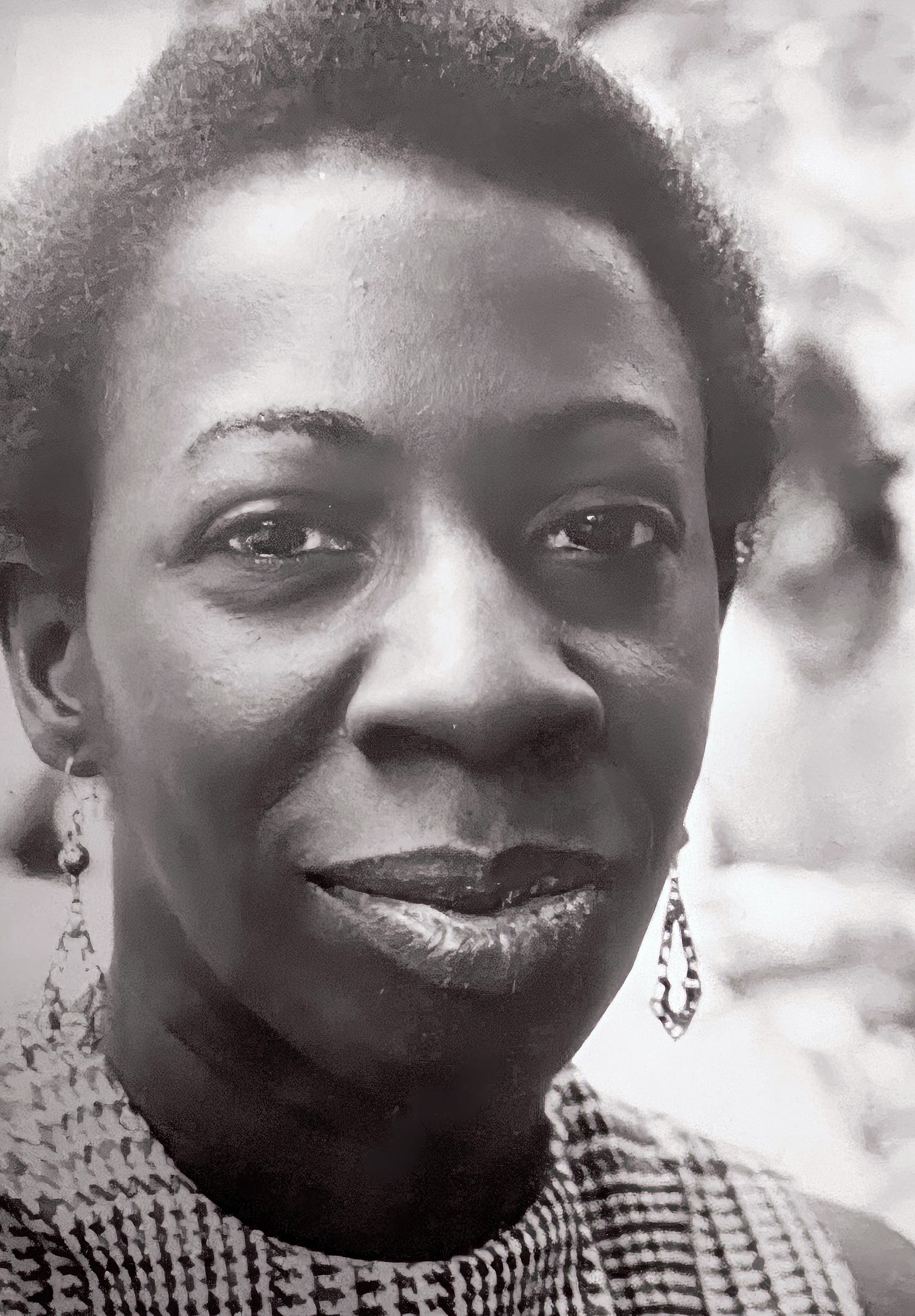
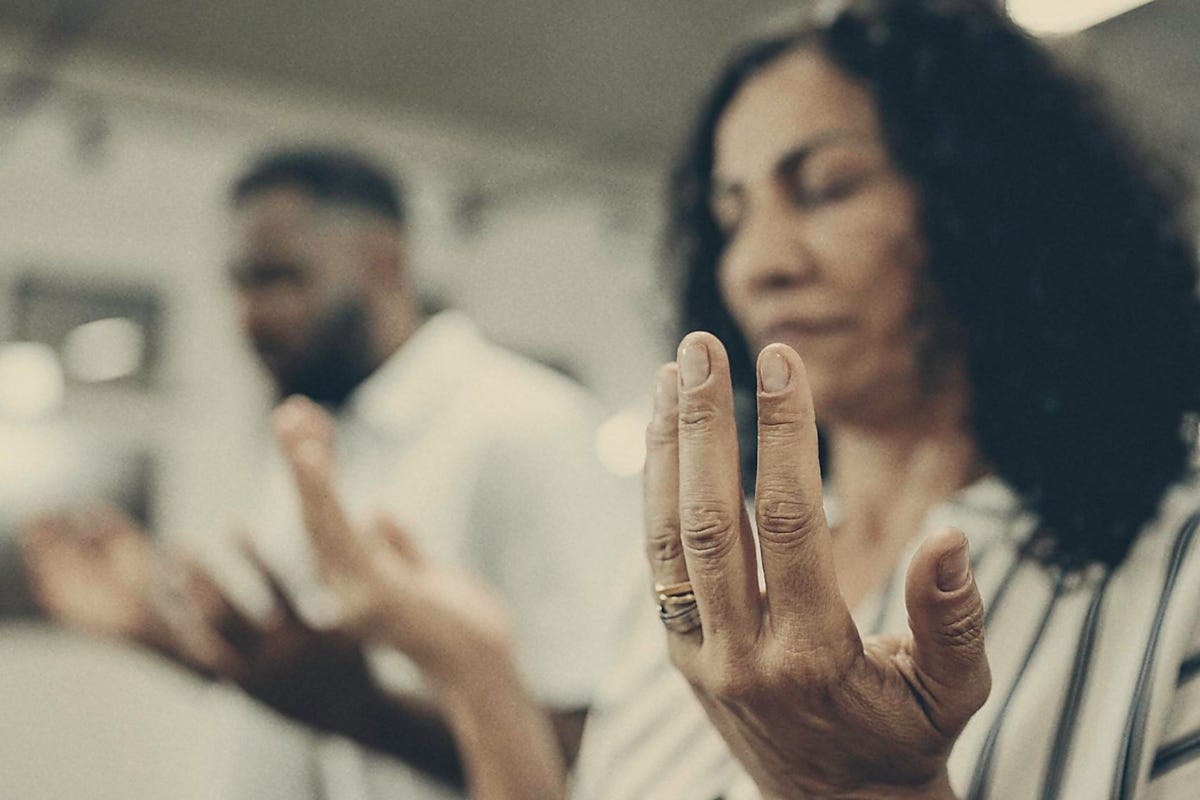


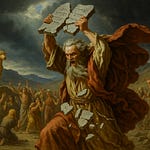



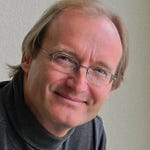

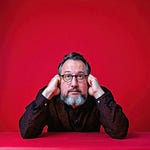
Share this post